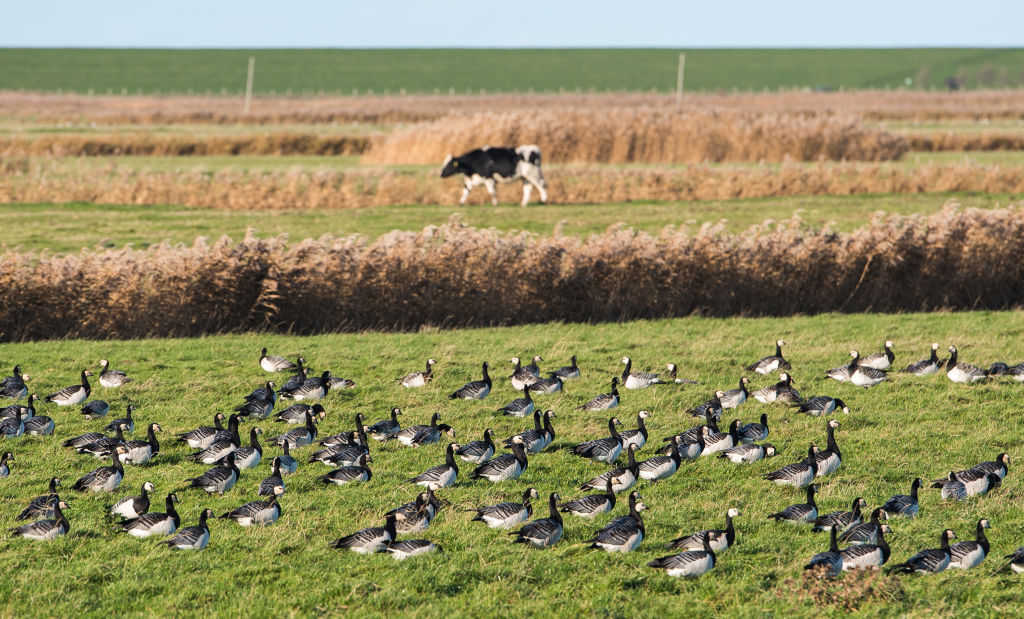
In a rare case, the U.S. Centers for Disease Control and Prevention (CDC) confirmed on April 1 that a person in the U.S. has tested positive for avian influenza, also known as bird flu. Despite the positive test, however, the CDC says risk to the general public remains low.
Health officials have been tracking an outbreak of highly pathogenic avian influenza since a new variant emerged and began killing birds on multiple continents in 2020. Sixty-seven countries reported outbreaks in 2022, according to the World Health Organization (WHO), followed by another 14 in 2023. Human cases, however, remain rare. Only 11 infections resulting from the currently circulating strain have been reported globally since 2021.
Since January 2022, bird flu viruses have been detected among more than 82 million birds in the U.S., according to the CDC. More recently, mammals in the U.S.—including dairy cows and goats—have tested positive.
According to the CDC’s April 1 announcement, the person who tested positive had contact with cows in Texas presumed to have bird flu. Their only reported symptom was conjunctivitis-like eye redness. They were told to isolate and are recovering after being treated with flu antivirals, which seem to work against the virus, the CDC says. (Seasonal flu vaccines do not protect against avian flu, however.)
Read More: Is COVID-19 Still a Pandemic?
The U.S.’ last human case of avian flu was reported in 2022, after someone was exposed to infected poultry in Colorado. They went on to recover.
The CDC maintains that risk to the general public is low, although people who are in prolonged close contact with birds and livestock may be at increased risk of infection. The agency advises avoiding direct contact with sick or dead animals, as well as any materials that may have been contaminated by an animal infected with avian flu. People who may have been in contact with infected animals should be monitored for symptoms including eye redness, fever, cough, sore throat, congestion, muscle aches, fatigue, and shortness of breath. The disease's severity can range from mild to fatal.
Food safety is not a major concern at this point, according to the U.S. Department of Agriculture (USDA). Poultry products are inspected for signs of disease before being made available for purchase, and dairy farms have been directed to destroy milk from infected cows. The pasteurization process also removes viruses from milk, and properly cooking eggs and poultry kills bacteria and viruses.
More Must-Reads from TIME
- Cybersecurity Experts Are Sounding the Alarm on DOGE
- Meet the 2025 Women of the Year
- The Harsh Truth About Disability Inclusion
- Why Do More Young Adults Have Cancer?
- Colman Domingo Leads With Radical Love
- How to Get Better at Doing Things Alone
- Michelle Zauner Stares Down the Darkness
Write to Jamie Ducharme at jamie.ducharme@time.com